Transform Your Cleaning Routine with the Perfect Scouring Pad
A clean home starts with the right tools, yet many overlook the importance of choosing the correct scouring pad. According to a 2023 survey by Home Care Insights, 65% of respondents reported accidental surface damage from using overly abrasive pads. This guide dives deep into selecting, using, and maintaining scouring pads to tackle grime efficiently while safeguarding your belongings.
Types of Scouring Pads: Features, Pros, and Cons
1. Microfiber Scrub Pads
- Texture: Soft, lint-free, and non-scratch.
- Ideal For: Glass tabletops, stainless steel refrigerators, and delicate cookware.
- Pros: Prevents swirl marks; reusable up to 15 washes.
- Cons: Less effective on baked-on grease.
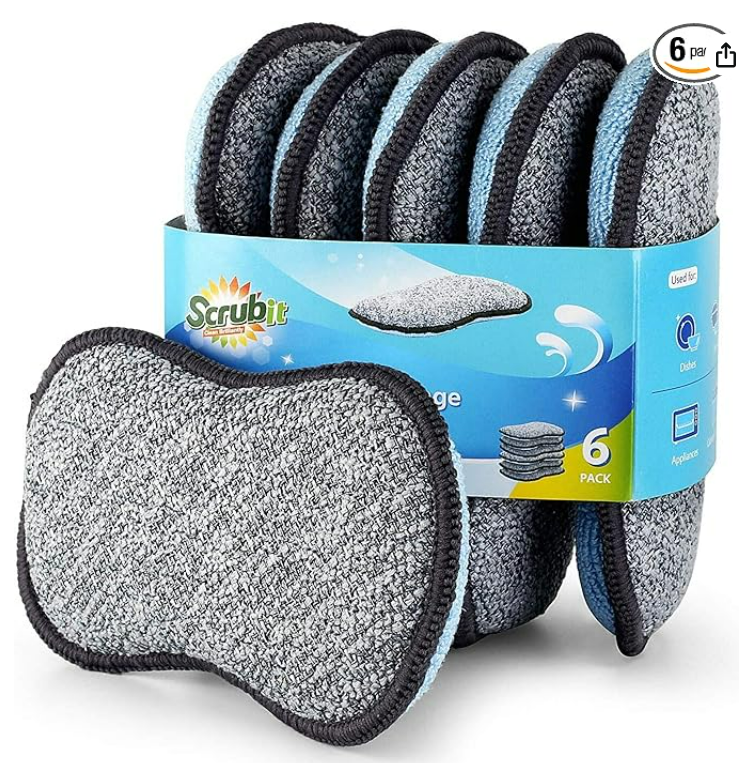
2. Dual-Sided Sponge Pads
- Design: Yellow sponge (absorbent) + green abrasive layer (scrubber).
- Best For: Everyday kitchen cleanup—wipe counters with the sponge and scrub pans with the scrubber.
- Tip: Cut into quarters to extend lifespan.
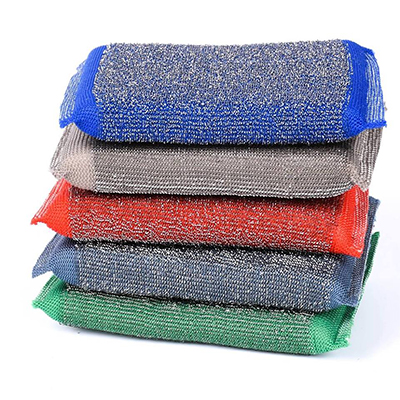
3. Gentle Non-Scratch Pads
- Materials: Melamine foam or silicone-based surfaces.
- Top Uses: Porcelain bathtubs, acrylic sinks, and ceramic stovetops.
- Warning: Avoid using on antique silverware to prevent micro-abrasions.
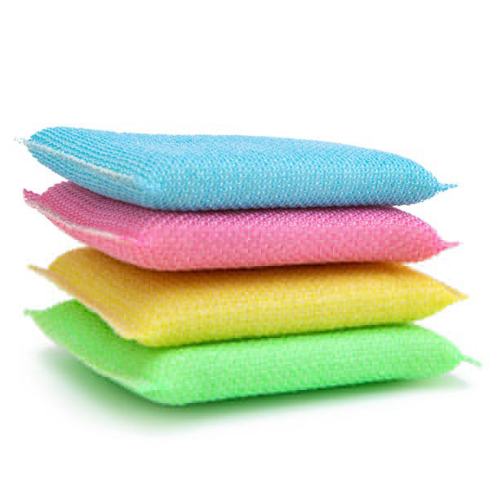
4. Heavy-Duty Steel Wool
- Grades:
- #0000 (Super Fine): Polishing metal.
- #3 (Coarse): Removing rust from tools.
- Safety Note: Always wear gloves to prevent metal splinters.
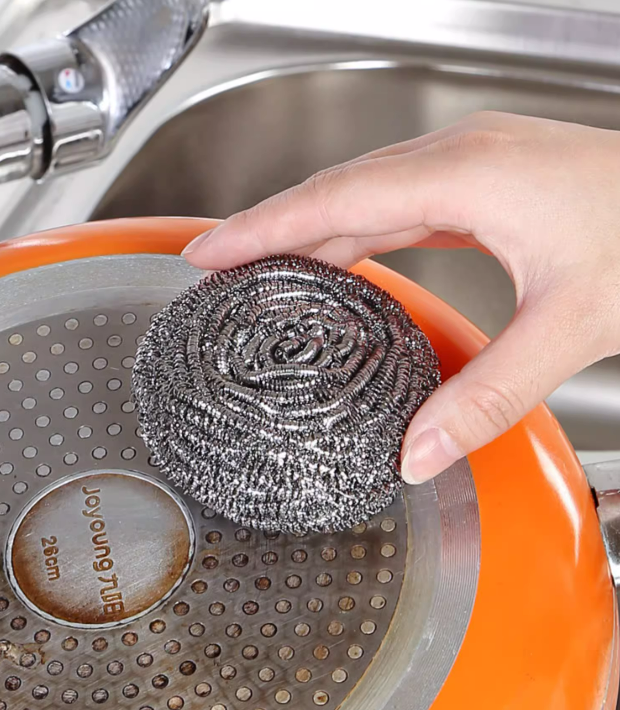
- Copper Scourers
- Unique Feature: Self-sharpening fibers improve with use.
- Best For: Cleaning cast iron skillets without stripping seasoning.

Room-by-Room Scouring Pad Guide
1. Kitchen Mastery
- Non-Stick Pans: Use silicone-coated pads (e.g., Scrubit Gentle Glide) to preserve coatings.
- Oven Racks: Soak in baking soda paste overnight, then scrub with steel wool.
- Cutting Boards: Combine coarse salt + lemon juice + plant fiber pad for natural disinfection.
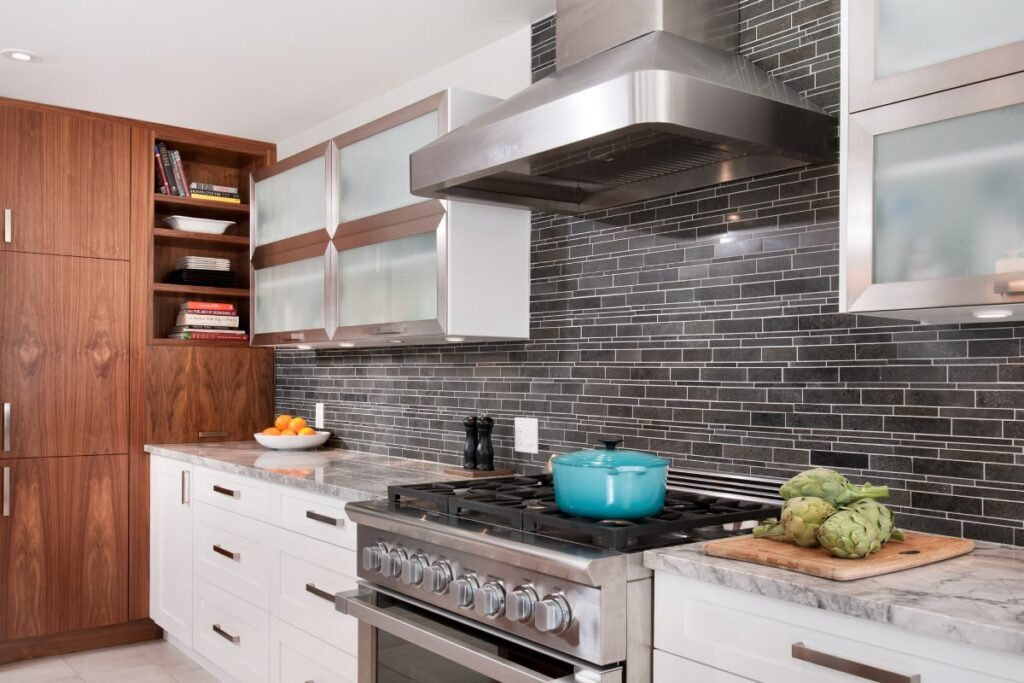
2. Bathroom Brilliance
- Shower Glass: Mix equal parts vinegar and water; scrub with microfiber pad to eliminate hard water stains.
- Grout Lines: Apply oxygen bleach gel, then gently scrub with an old toothbrush wrapped in a non-scratch pad.

3. Outdoor & Workshop Use
- BBQ Grills: Burn off residue, then scrub with steel wool dipped in vegetable oil.
- Garden Tools: Remove mud with plant fiber pads to avoid contaminating indoor sinks.
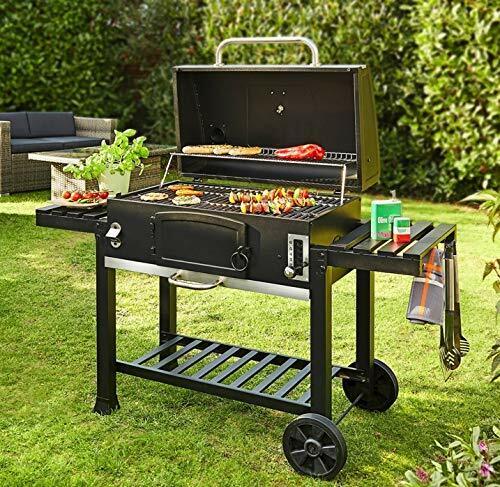
4. Specialty Surfaces
- Car Interiors: Use melamine pads to erase scuff marks on plastic trim.
- Jewelry Cleaning: Dip ultra-fine steel wool in jewelry cleaner for tarnished silver.

Advanced Cleaning & Maintenance Strategies
Step 1: Daily Care Routine
- Rinse immediately after use to prevent food particles from hardening.
- Store vertically in a ventilated holder (e.g., OXO Stainless Steel Sponge Stand) to speed drying.
Step 2: Weekly Disinfection Methods
- Vinegar Soak: 1 cup white vinegar + 2 cups warm water (30-minute soak kills 99% of bacteria).
- Boiling Water: Submerge pads in rolling boil for 5 minutes (ideal for plant fiber types).
- UV Sterilization: Place pads in sunlight for 4+ hours—UV rays break down odor-causing microbes.
Step 3: Monthly Deep Cleaning
- Remove soap residue by soaking in citric acid solution (1 tbsp citric acid + 1 cup water).
- For steel wool, prevent rust by storing in a sealed container with silica gel packets.
Replacement Guidelines
| Pad Type | Lifespan | Retirement Signs |
|---|---|---|
| Microfiber | 3–4 weeks | Fraying edges, reduced absorbency |
| Steel Wool | 1–2 uses | Rust spots, loose fibers |
| Dual-Sided Sponge | 2 weeks | Sponge tearing, scrubber flattening |
| Plant Fiber | 1 week | Mold smell, disintegration |
FAQs: Expert Answers to Common Concerns
Q: Can scouring pads spread bacteria?
A: Yes! A 2022 Journal of Applied Microbiology study found that 76% of kitchen pads tested positive for E. coli. Rotate between 2–3 pads weekly and disinfect daily.
Q: Are colored scrub pads safer than green ones?
A: Color doesn’t determine safety—check the abrasiveness scale (1–5, with 1 being gentlest).
Q: How to clean a greasy scouring pad?
A: Soak in degreaser (e.g., 1 tbsp Dawn + 1 cup hot water) for 20 minutes, then wring and air-dry.
Q: Can I use scouring pads on induction cooktops?
A: Only non-abrasive pads (e.g., Scotch-Brite Dobie) with a pH-neutral cleaner to avoid scratching.
Pro Tips for Maximum Efficiency
- Color-Code Pads: Assign colors to areas (e.g., blue for bathrooms, red for raw meat tools).
- Revive Old Pads: Soak stiffened pads in hot water + fabric softener for 10 minutes.
- Eco Hack: Recycle steel wool into DIY soap bars for mechanic hand cleaning.
- Child Safety: Keep abrasive pads locked away—opt for silicone scrubbers in households with toddlers.

